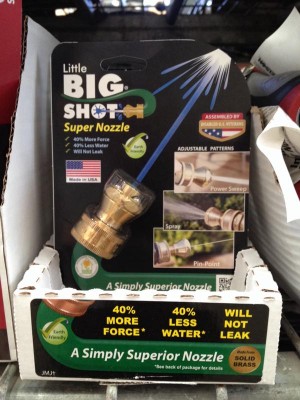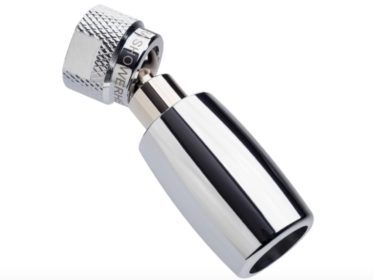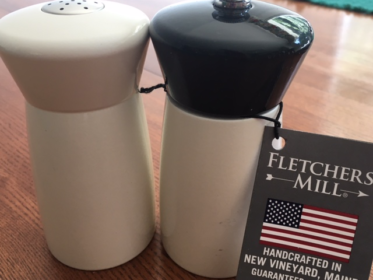Up until last year, I never gave much thought to where products were made. Like most people, I shopped at places such as Bed, Bath and Beyond, Home Depot and Target. And like most people, I had accumulated stuff — a lot of stuff.

Much of it, I’m afraid to say, was completely unnecessary and due to impulse purchases.
But a few events transpired that made me begin to rethink my shopping habits.
First, I began working with Tom Stanek, President of K2 Castings, a company that provides wear parts for metal shredders. Let me rephrase that. K2 Castings manufactures these HUGE metal parts that go inside metal shredders, the size of small apartment buildings, that grind up things such as automobiles.
As part of my strategic methodology when working with a new client, I read anything I can get my hands on, and one book I came across was Adam Minton’s Junkyard Planet: Travels in the Billion Dollar Trash Trade. My constant refrain as I read was, “O.M.G.”
Basically, we as a nation buy a ton of cheap crap from countries outside the U.S. When it wears out (rather quickly), we either throw it away or recycle it. Our trash is then taken to countries like China where it’s broken down, processed, and remade into more cheap crap that’s imported back into the U.S.
Around the same time, I discovered two books by the Alliance for American Manufacturing: Manufacturing a Better Future for America and Remaking America.
Both books detail the U.S. governmental policies and regulations that have led to the decimation of manufacturing in the U.S. Again I found myself with slack jaw — it’s rather unbelievable what’s happening to our country with regard to manufacturing.
I couldn’t find the exact quote, but someone wrote along the lines of, “If people knew what they were doing to their own livelihood when they shop at places like Walmart, they’d stop shopping there immediately.”

Imported goods keep prices low for us here in the U.S. But the toll for cheap goods is the loss of jobs — and not only in manufacturing.
it also means we subsidize the exploitation of people in other countries. One reason prices are so low for imported goods is because when U.S.-based companies offshore production, they don’t have to pay livable wages or health insurance or any of the other benefits we take for granted here in the U.S.
Foreign companies aren’t subject to OSHA or other worker safety regulations. Workers are forced to toil in conditions that would shut a manufacturing company down here in the U.S. Thus the competitive landscape isn’t level.
At some point during all this research, I watched the Million American Jobs Project video. The video’s message: If each of us spends just 5% on American made goods, we’ll help create a million new jobs.
After watching the video, I decided to buy American made goods whenever possible.
The process was pretty simple: I read the labels on everything.
The process was also pretty scary. I had no idea so much stuff was made outside the U.S.! No wonder we’re in trouble!
And, the process was quite interesting. I’ve learned quite a bit.
Over the last few months I’ve found that places like Staples do have U.S. made paper and notepads — you simply need to read the packaging.
I found a hose nozzle at Home Depot made by disabled veterans as well as things such as paint rollers and Frog Tape.
I learned that Benjamin Moore paint is made in Malden, MA.
I also learned that yep, you do pay more for American-made goods. But because I was no longer impulse buying, I could support higher prices. Plus, I felt good knowing I was supporting U.S. manufacturing.





Sharon Teitelbaum
What a provocative and well-written post. Lots to think about here. Thank you!
Dianna Huff
My pleasure, Sharon.
Robert Maynes
Intriguing idea Dianna. Very much looking forward to WOW!-ing you when you tour our factory in Belfast, ME
Dianna Huff
Thank you, Robert. Looking forward to it, too!
Karen
very interesting
marlene
where do I go to order the best meat-produced in America
Dianna Huff
Marlene,
I don’t know about “best meat” but I’d start with looking for local farmers in your area. That’s where I get my meat — direct from the farmer. Pasture raised. I can go right to the farm and see all the animals and ask lots of questions about how they’re raised.